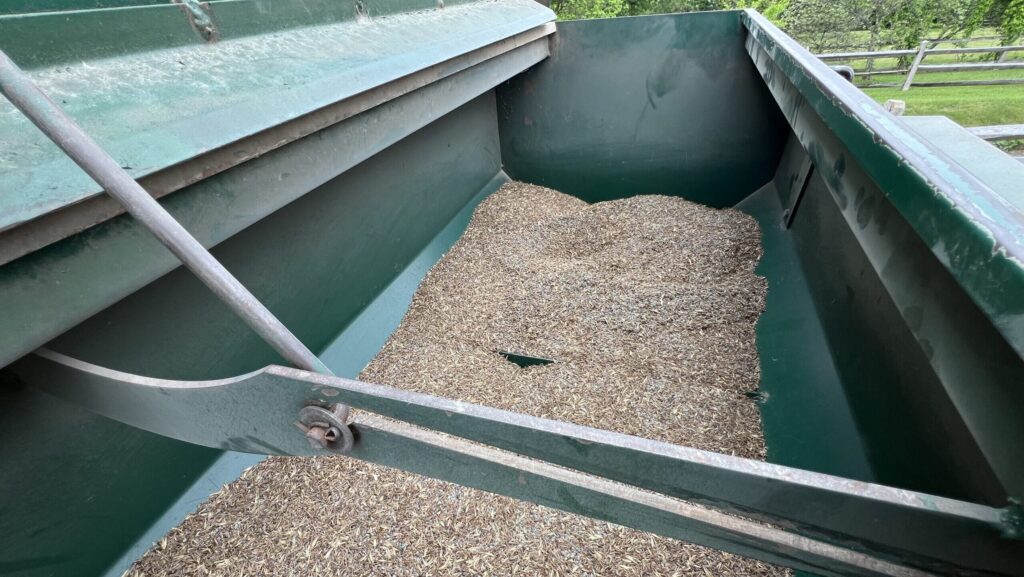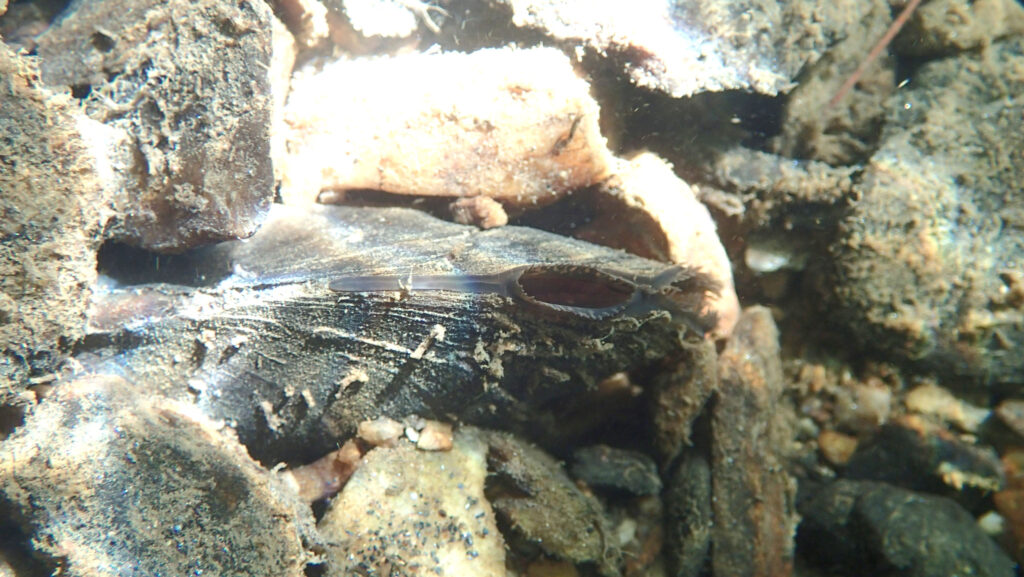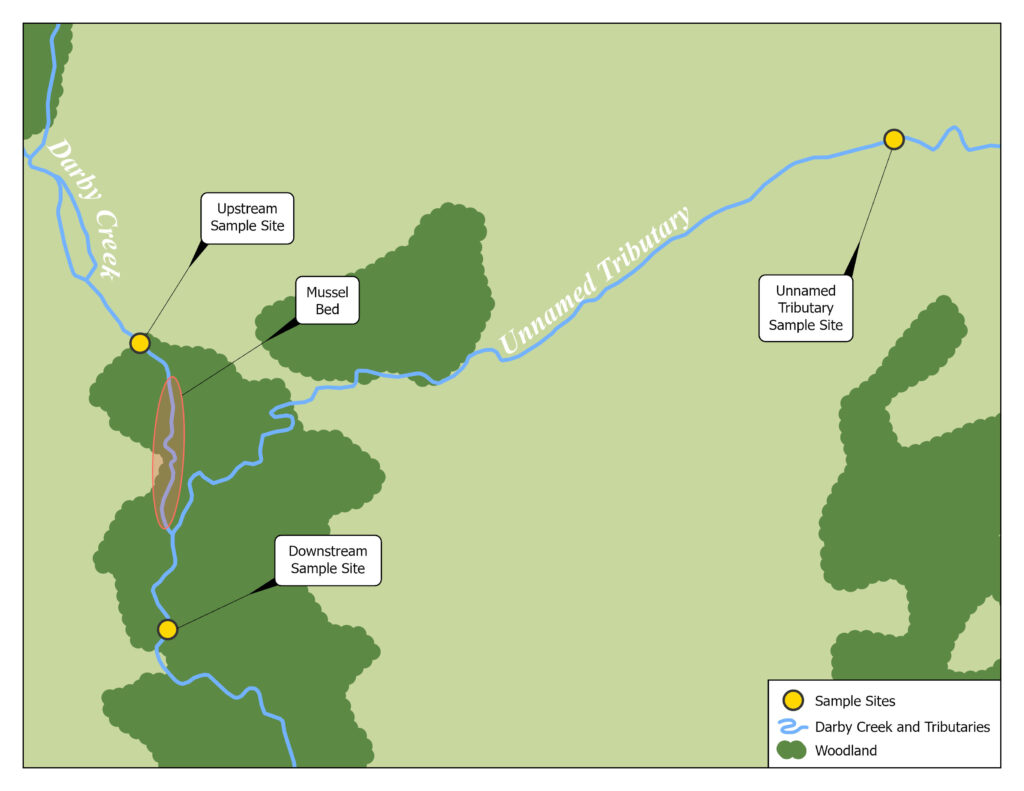By John Holback, Stewardship Manager
In early 2024, Willistown Conservation Trust purchased a 90-acre parcel of land between Plumsock Road and Providence Road – the soon to open, Kestrel Hill Preserve. Mostly open rolling hills, the land had been a passively managed wildland with the exception of 25 acres of agricultural fields. The empty, mostly weed free agricultural fields offered the unique opportunity for WCT to convert the land to a more ecologically valuable resource and with minimal effort.
Historically, open spaces in our region were created and maintained by fire, caused either by lighting, or by indigenous peoples who used fire to manage the land.Before that, megafauna like mammoths, ground sloths, and others cleared the landscape through their activities. Nowadays, most grasslands and meadows have an agricultural past and are usually dominated by non native, cool-season grasses that were planted and used for animal fodder. Without regular disturbance (fire, mowing) these grasslands quickly fill in with woody cover (trees, shrubs) and no longer serve the species that have adapted to rely on them. And without active management, for example, establishing native grassland plants and removing non-native ones, they will remain relatively low-quality ecosystems, dominated by non-native grasses.
Establishing a native grassland usually starts with removing undesirable plant species and then planting desirable ones. Modern no-till-drills, a type of agricultural equipment, allow land managers to plant lots of seed over large areas quickly and with minimal soil disturbance. Planting this way ensures the seeds have good soil contact, minimizes erosion, and hides the seed from hungry birds and small mammals. Since the agricultural fields at Kestrel Hill were already free of plants, WCT opted to rent a no-till-drill to seed the two former agricultural fields.
Two different seed mixes were planted: one contained native grasses and forbs (flowering plants;) the other included native grasses and a cover crop of oats. The cover crop’s purpose is to hold the soil in place, help prevent establishment of undesirable plants, and provide cover for the native seedlings. The 10-acre field adjacent to Providence Road features three native grasses and 24 different forbs while the 15-acre field adjacent to Plumsock Road features four native grasses. Over the next few years, both areas will require regular mowing and spot treatments to prevent undesirable plants from establishing, while allowing the native plants to get established and begin spreading.

Establishing grasslands does more than simply aid displaced plant and animal species. Grasslands sequester large amounts of carbon, helping to cool a rapidly warming planet. They build soil health, and absorb excess stormwater. Healthy grasslands require little maintenance – only annual mowing or burning every few years, and some small spot treatments for non-native weeds. Soon visitors will be able to enjoy the recreational offerings of WCT’s new grassland preserve. Hiking and equestrian trails and scenic vistas will improve as the native plants grow and thrive.



